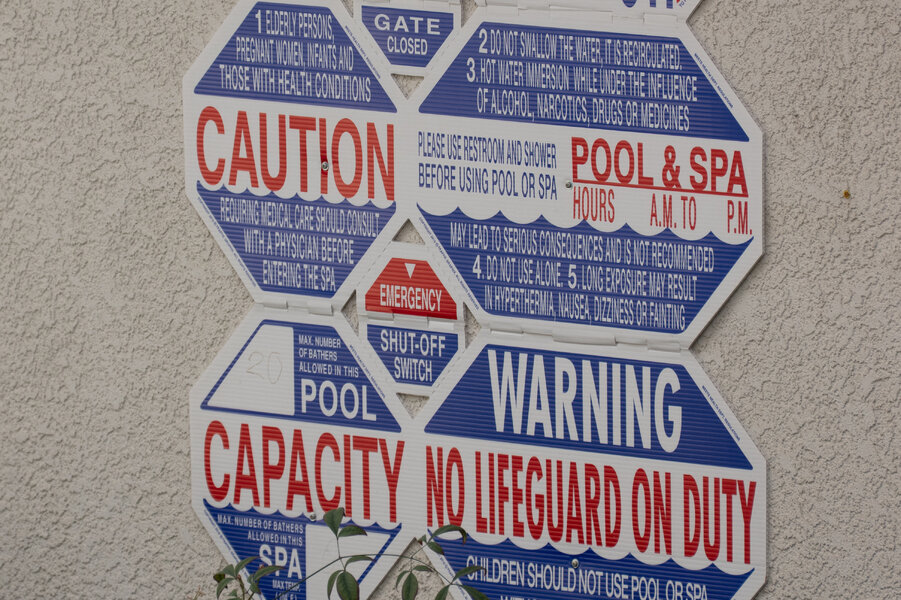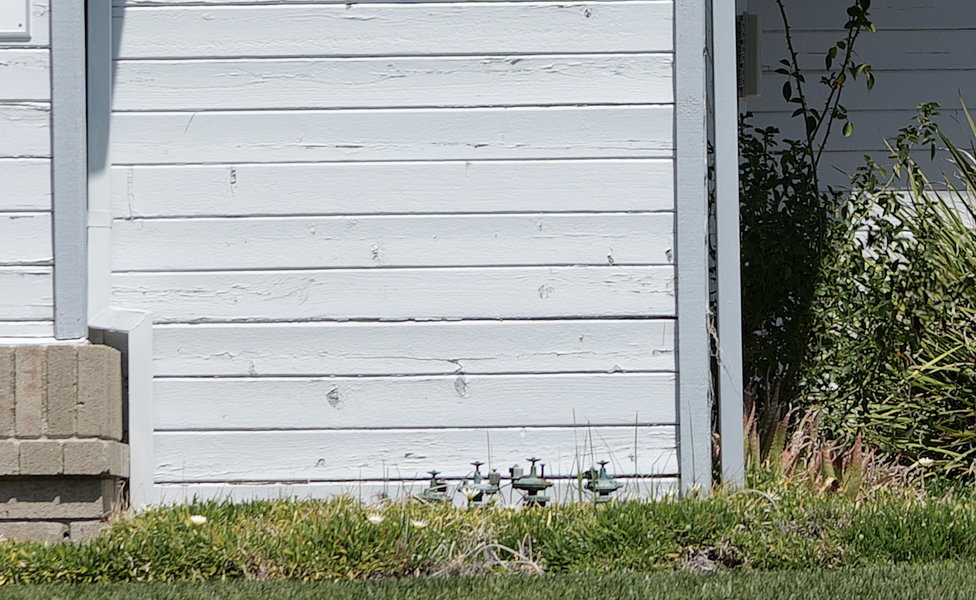CharlesH
LMF-Patron Gold
- Joined
- Mar 25, 2023
- Messages
- 1,080
I only have about half a day with the S1RII, so I will post just a few notes for now. As we all learn more about our S1RII's we can chime in.
Handling
The camera is very much like a S5II or S5IIx. But there are a few changes. The grip is slightly deeper; for me I hardly notice the difference. If you have large hands it might be welcome. A thing I did notice, the On/Off switch is rotated a little counter-clockwise, and this makes it easier to operate with your thumb. Also, if you use a cage the switch is more accessable. The tilting screen is a biggie, and makes a lot of difference with handling. I do video as well as photos, and prefer a tilting screen to a swiveling screen for video much of the time. But the swiveling screen is there if you need it.
The photo/video/S&Q lever is also a big deal. This plus the five custom modes has completely changed how I think about setting up a Lumix camera. Frankly I'll probably work on this and think about it for quite a while.
Setting up
The SmallRig S5II/S5IIx cage will fit on the S1RII. But when it is on the battery door won't open, so if you use a cage you will need another one. I got an Angelbird 2TB CFexpress B card and have been using it in my GH7 while waiting for the S1RII. But, it won't format in the S1RII. The wait symbol just spins and spins and never finishes. I have been formatting the card in the GH7 and using it in the S1RII, which seems to work, but I'll trade it for a Lumix qualified card and hopefully that will solve the issue.
Next up
I've been running telephoto zoom lenses in the Hybrid Zoom mode, set to Minimum Image Size "S" which add a 2X zoom. This is great fun, and I'll post about it tomorrow.
Handling
The camera is very much like a S5II or S5IIx. But there are a few changes. The grip is slightly deeper; for me I hardly notice the difference. If you have large hands it might be welcome. A thing I did notice, the On/Off switch is rotated a little counter-clockwise, and this makes it easier to operate with your thumb. Also, if you use a cage the switch is more accessable. The tilting screen is a biggie, and makes a lot of difference with handling. I do video as well as photos, and prefer a tilting screen to a swiveling screen for video much of the time. But the swiveling screen is there if you need it.
The photo/video/S&Q lever is also a big deal. This plus the five custom modes has completely changed how I think about setting up a Lumix camera. Frankly I'll probably work on this and think about it for quite a while.
Setting up
The SmallRig S5II/S5IIx cage will fit on the S1RII. But when it is on the battery door won't open, so if you use a cage you will need another one. I got an Angelbird 2TB CFexpress B card and have been using it in my GH7 while waiting for the S1RII. But, it won't format in the S1RII. The wait symbol just spins and spins and never finishes. I have been formatting the card in the GH7 and using it in the S1RII, which seems to work, but I'll trade it for a Lumix qualified card and hopefully that will solve the issue.
Next up
I've been running telephoto zoom lenses in the Hybrid Zoom mode, set to Minimum Image Size "S" which add a 2X zoom. This is great fun, and I'll post about it tomorrow.








